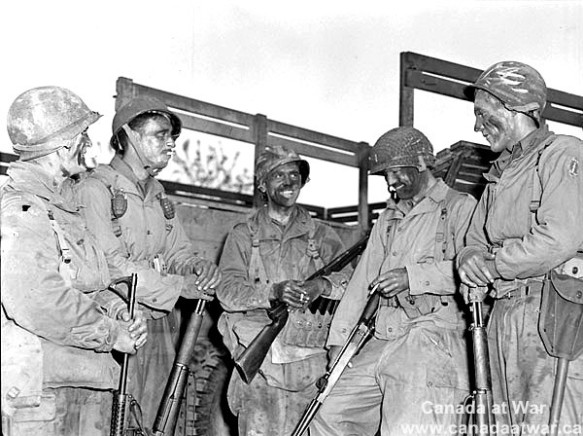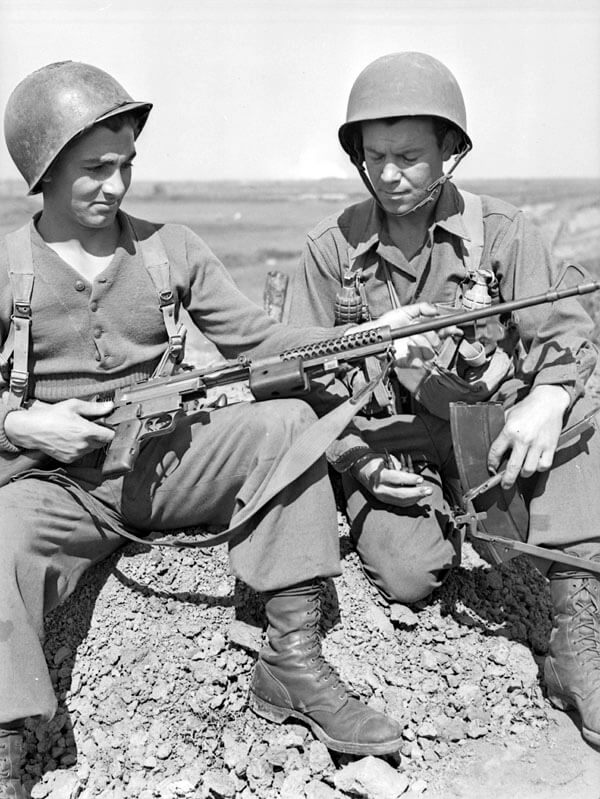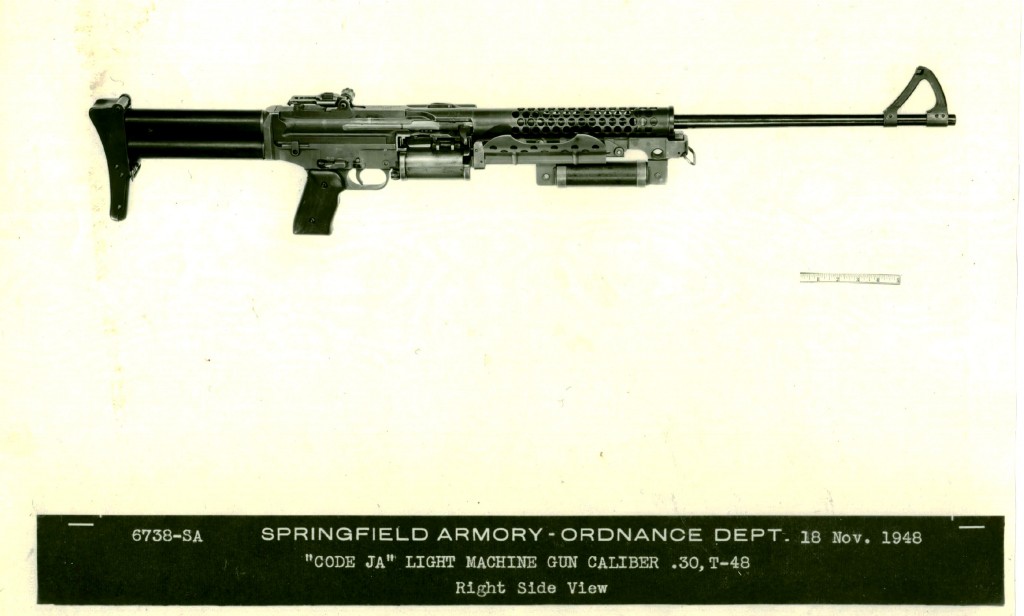https://www.guns.com/news/2017/08/20/m1941-johnson-semiautomatic-rifle
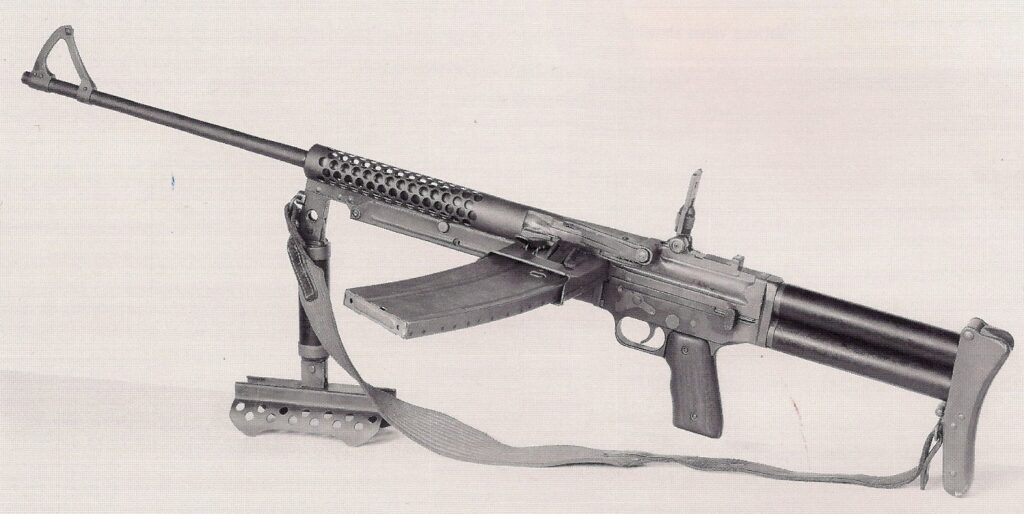
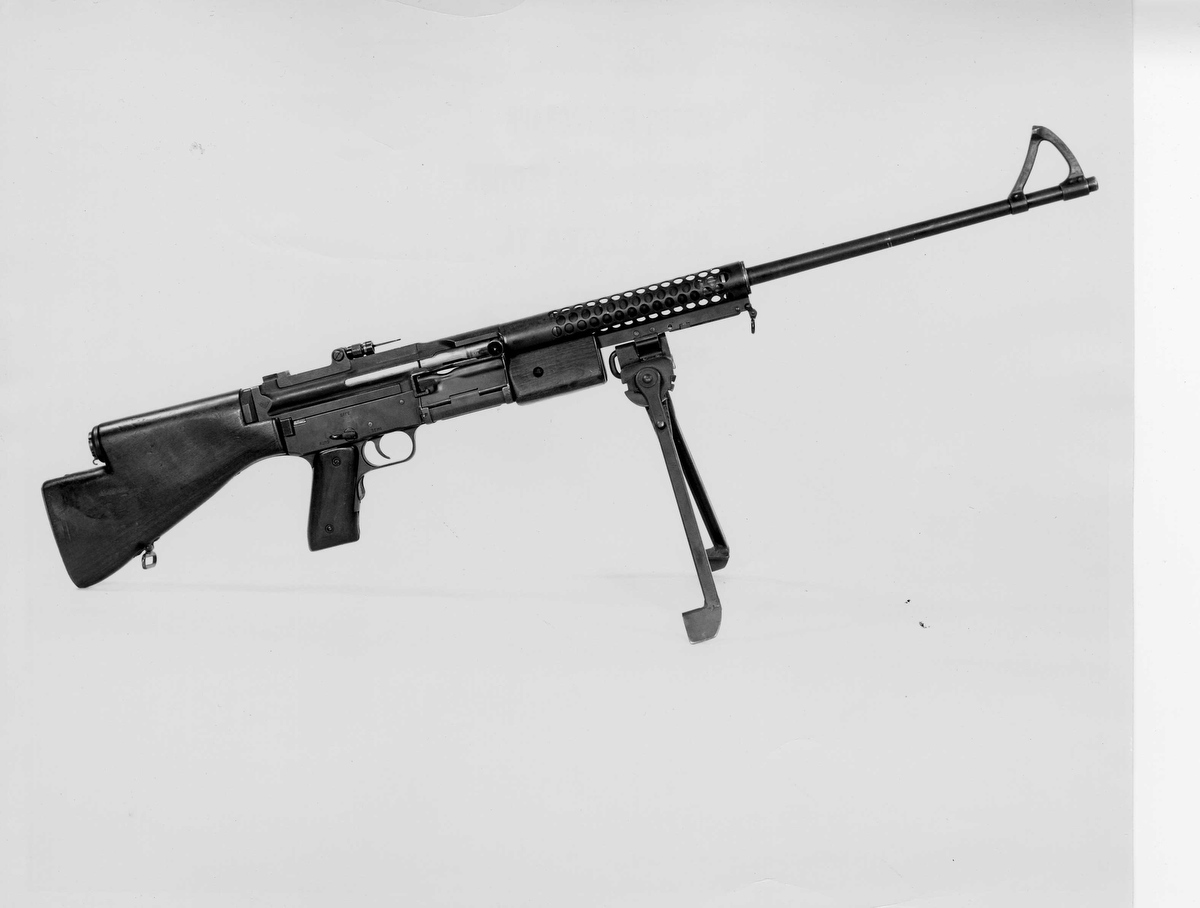
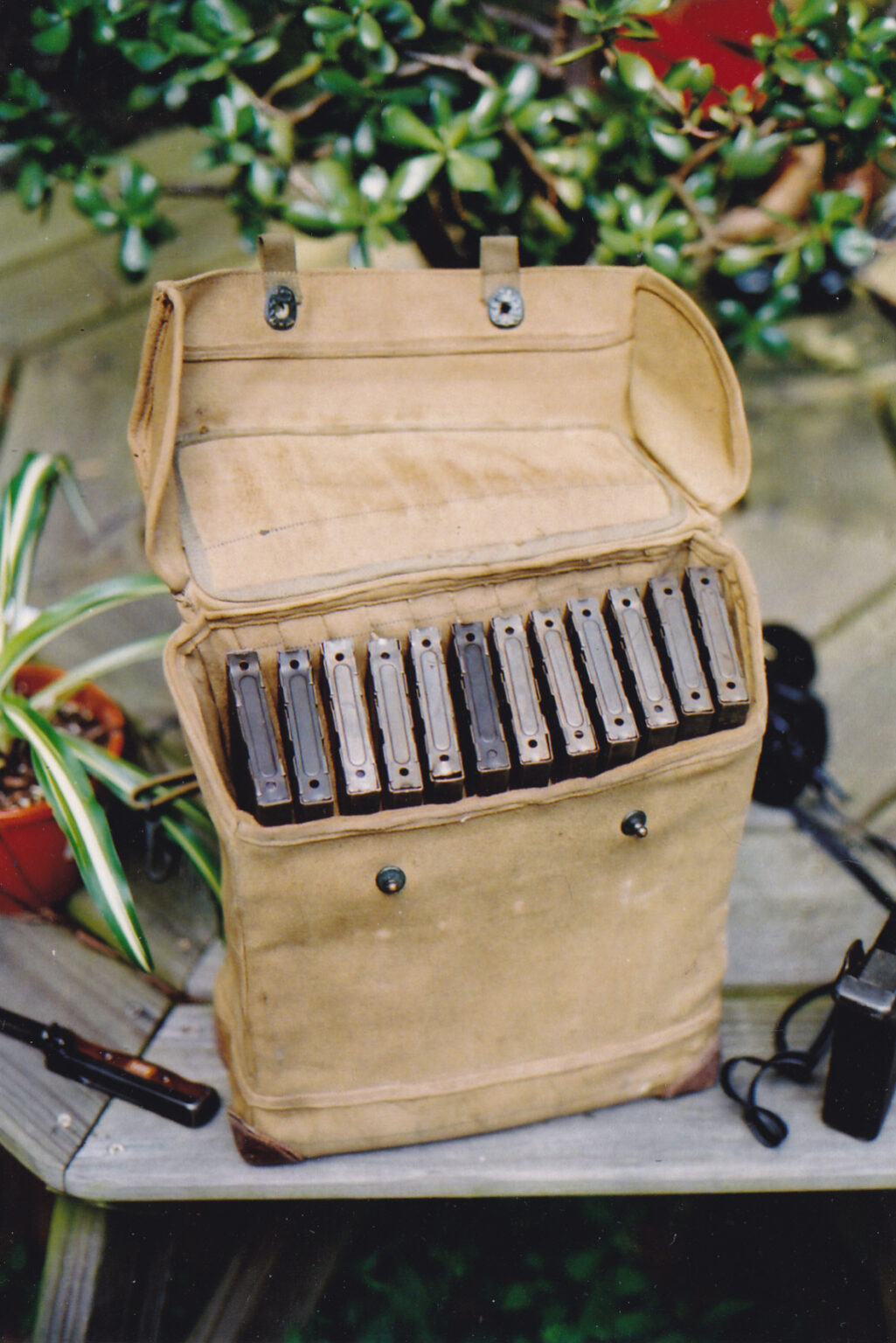

https://montanamilitarymuseum.org/the-first-special-service-force/
Belt-Fed Johnson LMGs
February 7, 2014 Ian McCollum Light MGs, Prototype 33
Since we just took a look at the final American iteration of the magazine-fed Johnson LMG (the system would live on briefly in Israeli service as the Dror), we should also take this time to consider the belt-fed variants of the Johnson as well.
While the final round of testing was still being done on the M1944E1/M1945 Johnson LMG, the Ordnance Department had made up its mind to combine the tactical roles of the BAR and M1919A6 machine guns into a single weapon, to be called a squad automatic weapon (the Johnson may not have become the first one, but the name remains with us to this day). The weapon that Ordnance requested for this role was required to have a quick-change barrel, belt-feed system, folding bipod, straight-line stock, and select-fire capability with full-auto from and open bolt and semiauto from a closed bolt.
While several prototype belt-fed BAR designs were proposed to meet the requirements, the Johnson LMG was very close to fulfilling the role as it was, needing only a change to belt-feed. In an effort to win a contact for this new weapon, Johnson Automatics quickly drew up a design for a belt-feed mechanism to replace the magazine feed of the M1945 LMG. The fact that the gun already had a modular, removable magazine well was likely a big help in getting the design completed on April 27th, 1945. It was promising enough that Johnson won an $80,000 contract on May 23rd to finalize the design and supply two sample guns for testing. The two guns were completed and delivered in August of 1946, and given the official name T40.
Johnson prototype T48 belt-fed LMG (photo from Springfield Armory)
Two further projects followed the T40 – the T48 and T53. Both were chambered for the new T65 cartridge (which would eventually become the 7.62x51mm NATO), and both were designed to have interchangeable feed systems, so they could use either 20-round box magazines or disintegrating belts (although this did require swapping out feed components, rather than having both functions simultaneously like the more recent M249 squad automatic weapon). The T48 prototype was delivered by Johnson in February 1947 and the T53 (which was rebuilt from one of the initial T40 guns) in December 1947. The evolving design was required in large part because despite the apparent modularity of the Johnson design, the belt feed system put much more stress on the gun’s receiver than it could easily handle. The other parts of the gun apparently stayed generally faithful to the M1945 design, including the gas-assisted recoil action.
Johnson prototype T48 belt-fed LMG (photo from Springfield Armory)
This was a continuing developmental process, but as it was progressing the Johnson Automatics company was losing its financial footing (and the urgency of small arms development had been largely lost when the war ended). By early 1948, the whole project was abandoned. The M60, from a separate developmental lineage, would end up filling the role that the Ordnance Department envisioned for the new automatic weapon.
